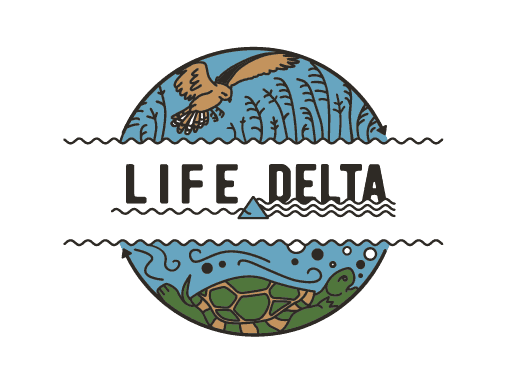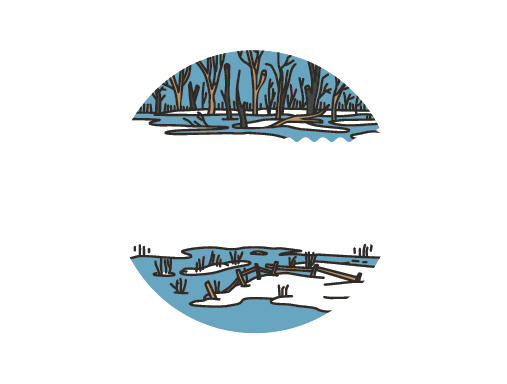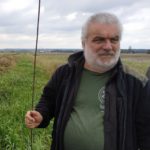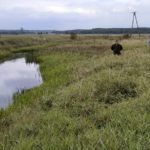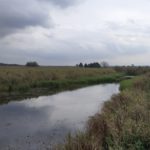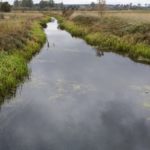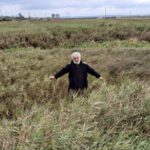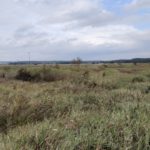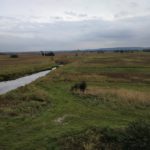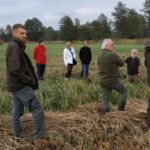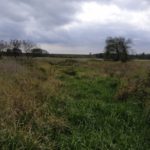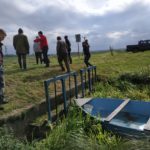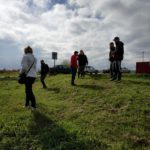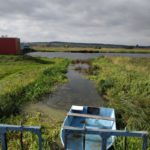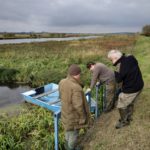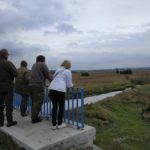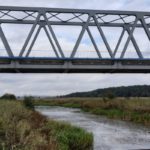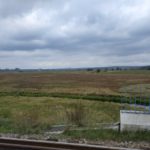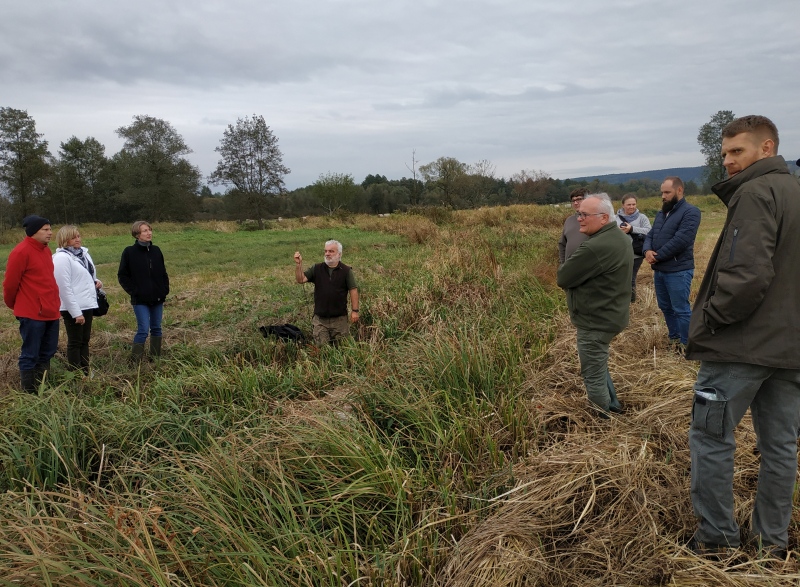
11 Oct We will improve the hydrological conditions of the inland delta of the Nida river
On Wednesday, 9 October 2019, a field session was held on the territory of the inland delta of the Nida River with the participation of representatives of the University of Agriculture in Kraków, the Institute of Nature Conservation of the Polish Academy of Sciences in Kraków and staff of the Świętokrzyskie and Nadnidziańskie Landscape Parks Complex.
The aim of the Wednesday’s field session was to recognize the site and establish the details of the Life4delta project, which consists in restoring the water circulation system from before the cut was made, i.e. in rehydrating the lower areas with water from the Stara Nida riverbed.
The Central Nida Delta is a tectonic subsidence area where the Nida divides the bed into branches, forming the so-called inland delta. Currently, the river has three branches here:
– Smuga Umianowicka, the former bed of the river flowing near Umianowice village;
– Stara Nida, a bed that was active until recently;
– the main Nida riverbed.
Stara Nida flows higher than the others, which causes the water to seep into lower watercourses and stagnants, and when it reaches the main bed, the ordinate of the bottom levels with it, which causes stagnation of water, no outflow and water spills from the Stara Nida bed to the lower situated Smuga and the main Nida riverbed.
The most valuable area in terms of nature is Międzyrzecze, i.e. a large swamp area contained in the fork of the Stara Nida and the main Nida riverbed, which consisted of a couple of permanent floodplains with an area of several dozen hectares each, surrounded by marshy vegetation. After digging a ditch from the upper part of Stara Nida and draining all the water to Smuga, the area dried up completely and now there are no swampings that used to exist there. A similar fate was met by Umianowickie Spill (Rozlewisko Umianowickie), located on the eastern side of the lower part of the Stara Nida course.
The Life project staff, together with representatives of the University of Agriculture in Kraków and the Institute of Nature Conservation of the Polish Academy of Sciences in Kraków have jointly developed a concept for the unclogging of the feeder from the weir in Rębów, the Stara Nida riverbed, revitalization of Smuga Umianowicka, oxbow lakes and eutrophic reservoirs.
During the field session, the subject of proper hydrotechnical infrastructure and installation of piezometers with divers was also discussed. The installation of piezometers is necessary to verify the magnitude of seasonal fluctuations of groundwater and their causes in order to establish a methodology for groundwater level management. Divers will automatically take measurements and record changes in groundwater level and temperature.
